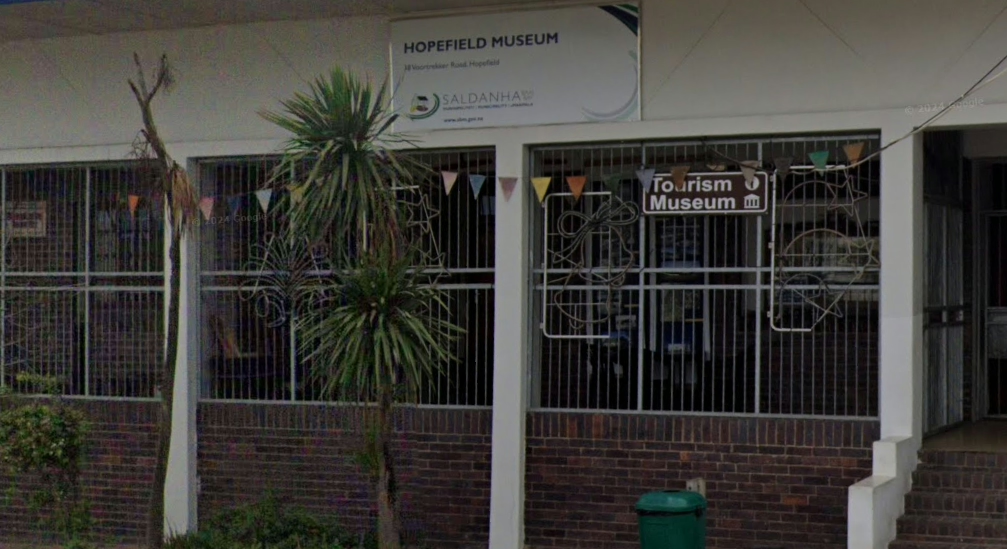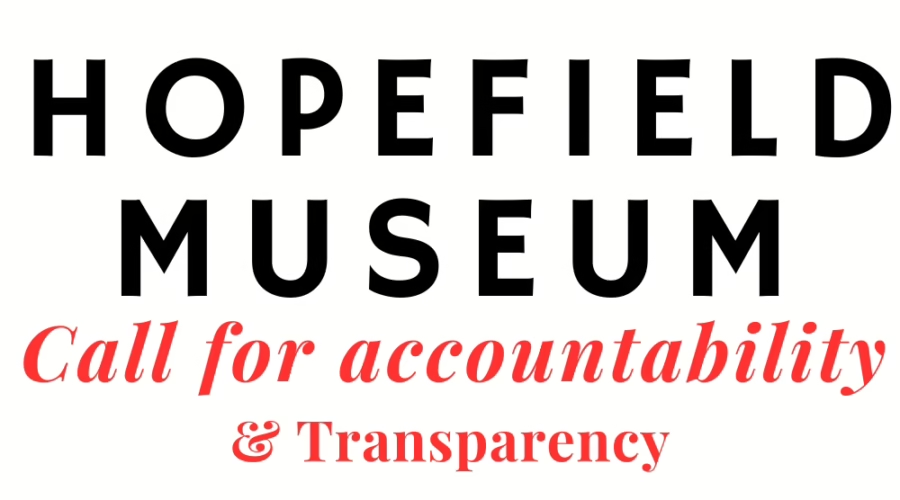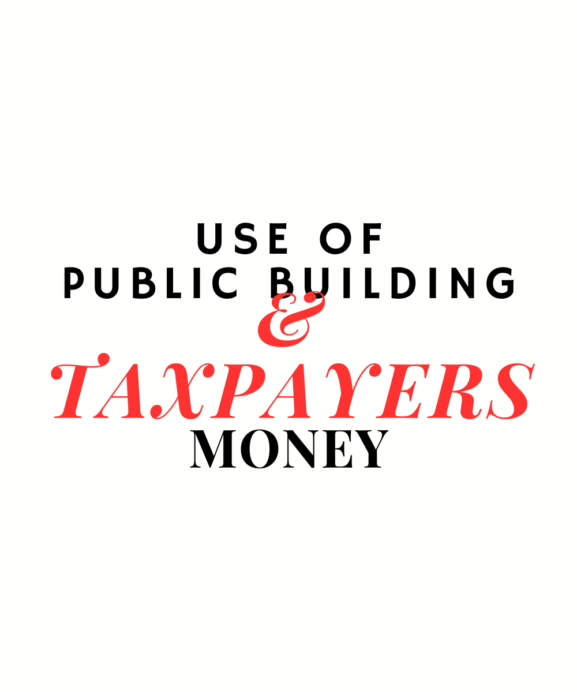Concerns Surrounding Hopefield Museum and Saldanha Bay Municipality
A Call for Transparency and Accountability

The Hopefield Museum and its connection to the Saldanha Bay Municipality (SBM) raise pressing concerns about the management of public resources, transparency, and accountability. Municipal elections are scheduled to be held between November 2, 2026 and February 1, 2027, and the community demands answers to troubling questions that challenge the integrity of those tasked with serving the public interest.
A Controversial Partnership
In 2015, a tourism official from SBM was forced to resign after refusing to retract racist comments she had made. She was quoted as saying,
“We have no squatter camps here, but when the mine comes, the bantus will come.”
The statement, laden with racial undertones, sparked public outrage and ultimately forced the official to resign. Her remarks were seen as a blatant display of racism, perpetuating stereotypes and deepening divisions in a country already grappling with its painful apartheid legacy. Her statements were found to be in violation of section 12 of the Promotion of Equality and Prevention of Unfair Discrimination Act, as well as sections 9 (rights to equality) and 10 (rights to human dignity) of the Constitution.
Subsequently, “Hopefield Museum” was registered as a non-profit company in 2017 with three directors, one of them being the this former official . It appears that this company secured an arrangement with SBM, operating under the banner of the Hopefield Museum and purporting to be the information and tourism office. This revelation sparks a series of critical questions:
- How was this arrangement facilitated?
- The resignation due to racist remarks would imply that the individual’s future in public service roles should have been scrutinized. What processes, if any, were followed to enable this person to resume similar duties under the name of a non-profit organization?
- What role did SBM play?
- Was this arrangement sanctioned in accordance with municipal policies and regulations? Did SBM act transparently, and were alternative candidates or solutions considered?
- Was the community consulted?
- As the Hopefield Museum is ostensibly a community asset, displaying artefacts donated or loaned by the public, and many museum pieces belonging to SBM, was the public informed or involved in any part of this decision-making process? If not, why were they excluded from a matter that directly impacts them?
The Museum’s Closure: A Red Flag
The director of the non-profit moved out of Hopefield in May 2024 resulting in what appears to be a permanent closure of the Hopefield Museum. Surely this lack of personnel further intensifies scrutiny. Instead of fulfilling its purpose as a cultural and historical hub for the town, the museum has become a symbol of mismanagement. Key questions arise:
- What is the exact nature of SBM’s arrangement with the non-profit company?
- Transparency is essential when public funds and resources are involved. What obligations does SBM have to the non-profit company, and how has this partnership benefited—or failed to benefit—the community?
- How does SBM justify any expenditure incurred through this partnership?
- In light of the Municipal Finance Management Act (MFMA), which governs responsible financial management, how does SBM rationalize any spending related to the Hopefield Museum? Are these funds classified as fruitless and wasteful expenditure, particularly given the non-profit’s lack of operational functionality?
Accountability and the Community’s Right to Know
Under the MFMA, municipalities are required to ensure that public resources are utilized efficiently and effectively, with a high degree of transparency. The unfolding situation with the Hopefield Museum appears to contradict these principles, leaving residents with more questions than answers.
For the Hopefield community, the stakes are high. The museum, a cultural cornerstone, should not be reduced to a liability due to poor governance and alleged misuse of funds. Residents and stakeholders demand:
- A detailed report from SBM outlining the nature of the partnership with the Hopefield Museum.
- An independent audit of expenditures related to the museum to establish whether funds have been misused.
- Clear accountability measures to ensure responsible financial management moving forward.
Time for Transparency
SBM must address these questions with urgency and sincerity. Hopefield residents deserve clarity on how their resources are being spent and assurance that decisions are being made in the community’s best interest.
The story of the Hopefield Museum is more than just a cautionary tale; it’s a test of the municipality’s commitment to transparency, accountability, and ethical governance. For Hopefield to thrive, these principles must not be negotiable.
The community is watching. Will SBM rise to the challenge?
The writer addressed an open letter to SBM in its blog on 9 January 2025 asking for clarity on this matter. It is our experience that addressing concerns to the Ward 7 councillor of Hopefield, Miranda Schrader and the Executive Mayor Andre Truter is fruitless and wasteful expenditure of our time and efforts so will shortly be addressing a formal letter to councillors and the Municipal Manager of SBM.
Note: This article is based on publicly available information and attempts to provide a balanced view.


